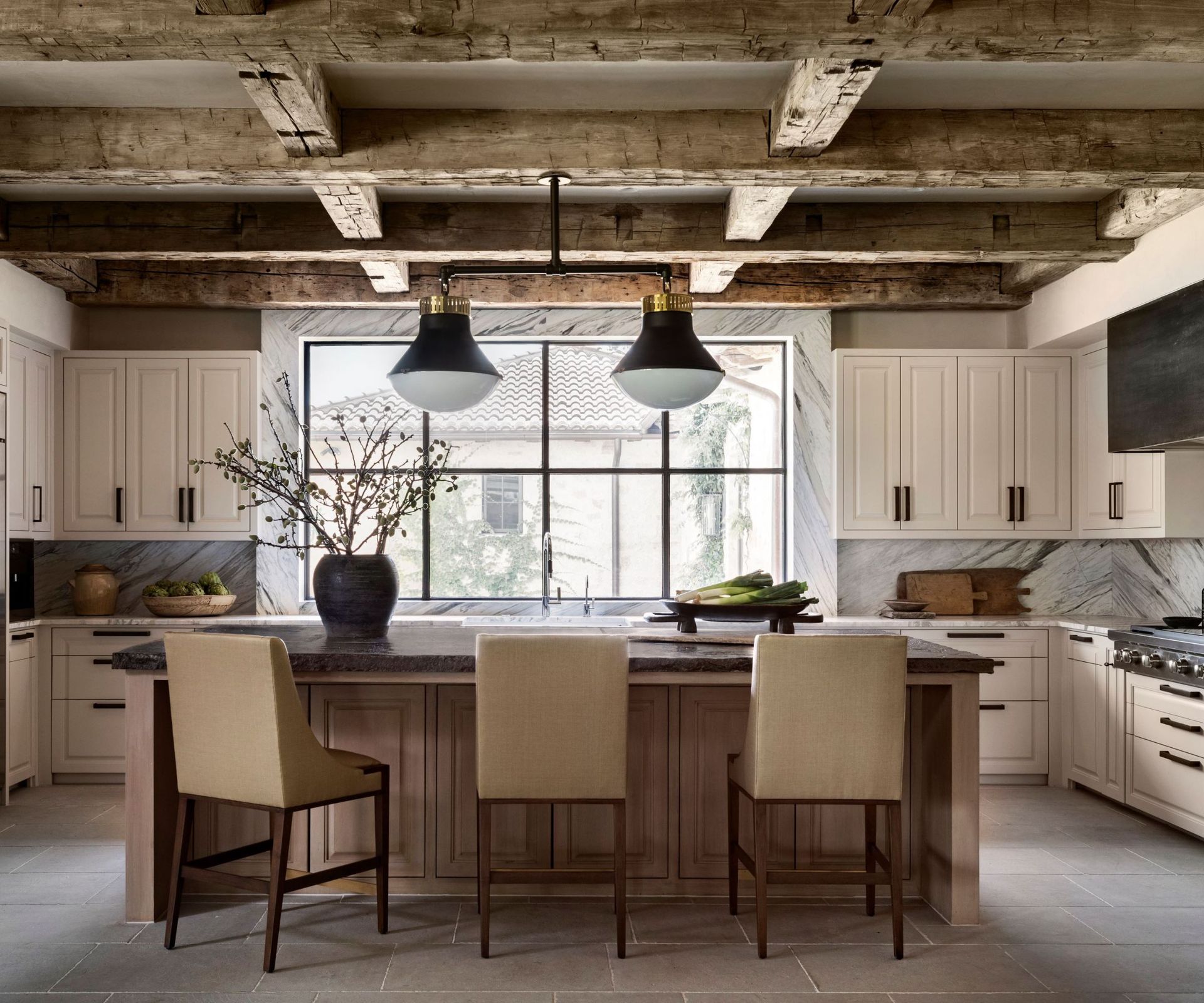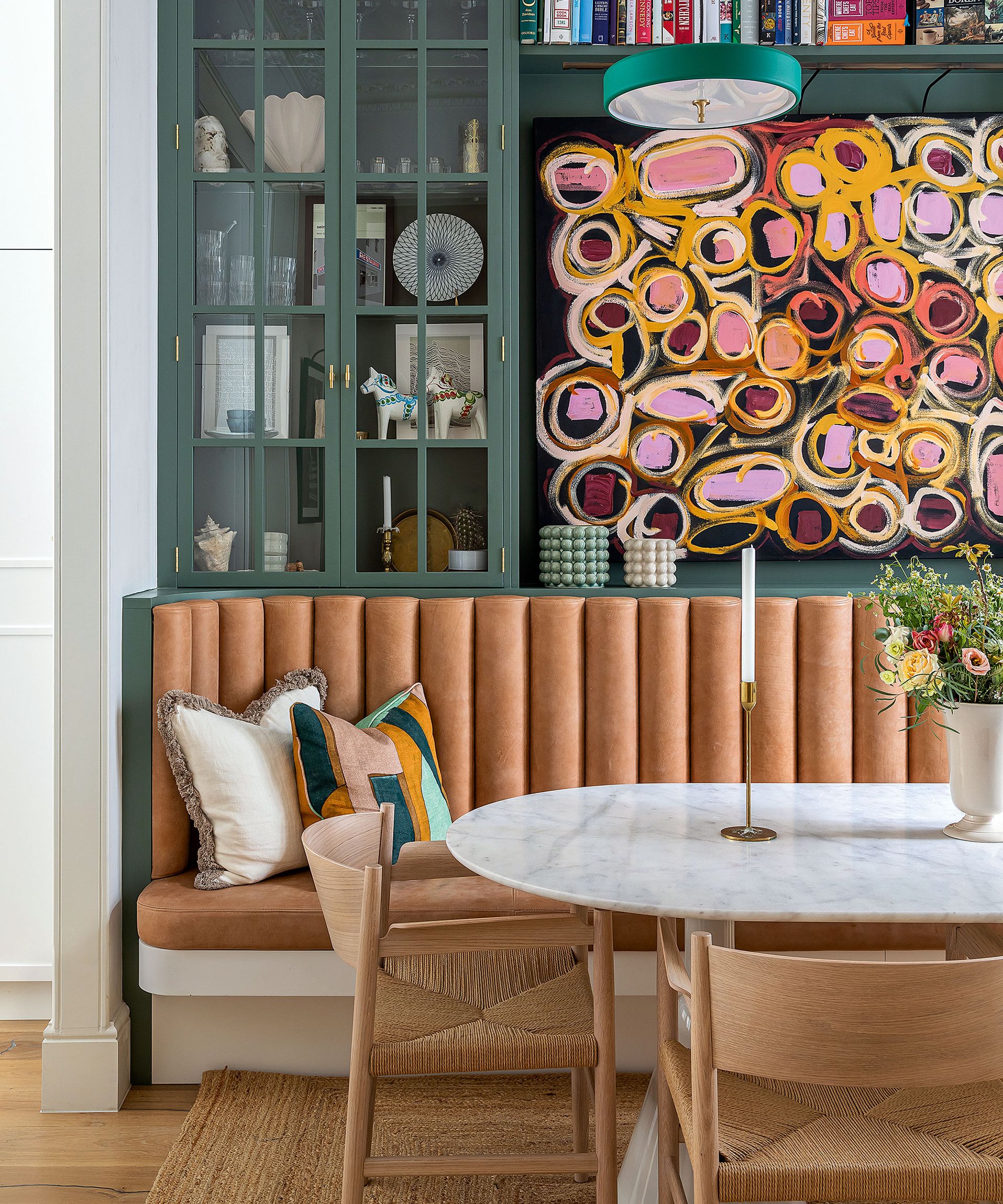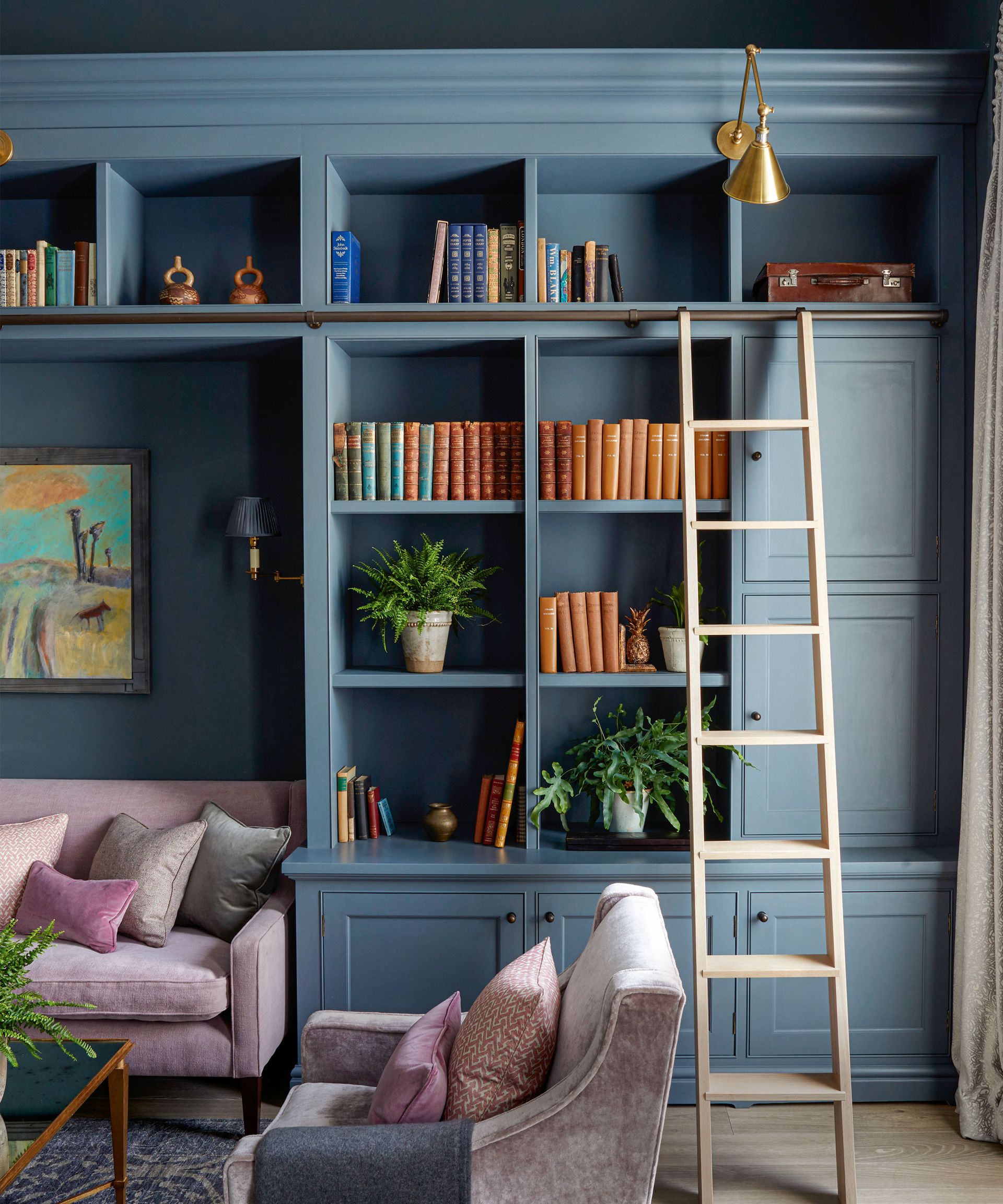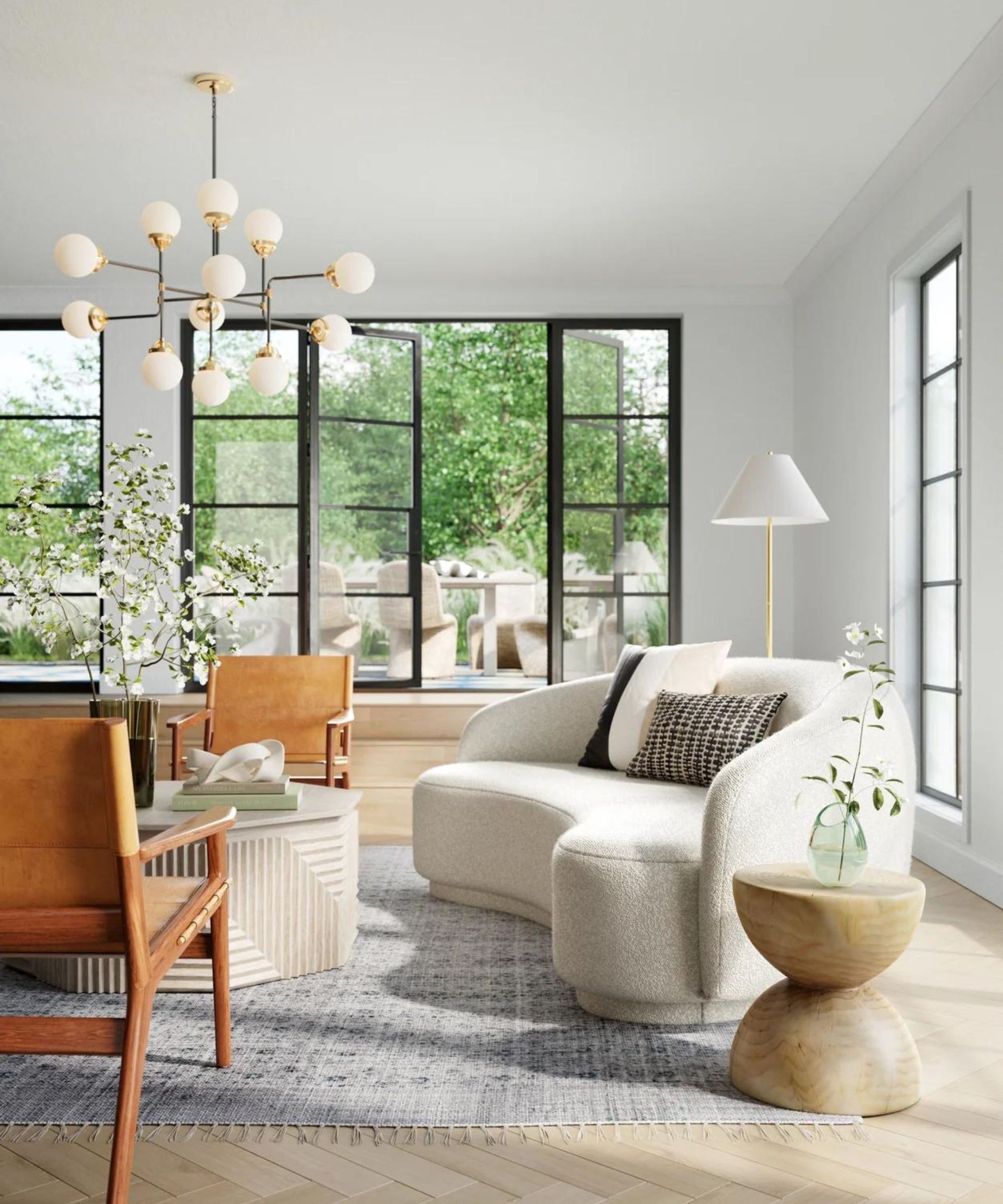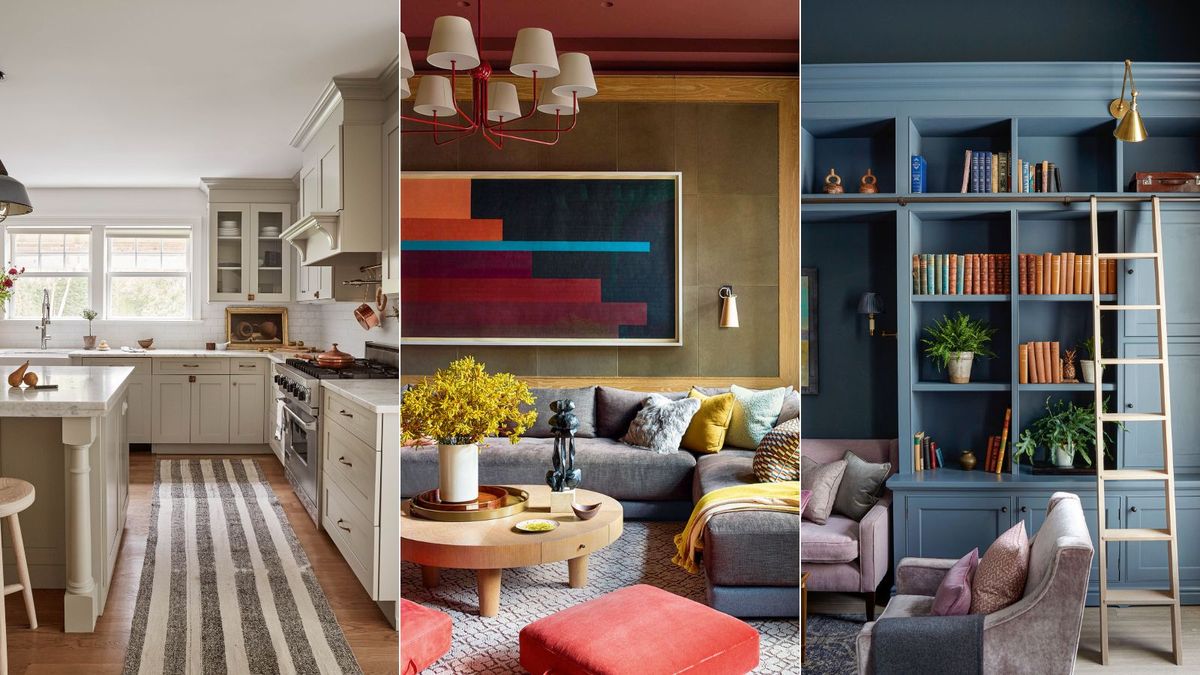
5 home decor trends that I hope will endure in 2023 |
Interior design trends might come and go, but there are always a few that I, and the designers I’ve spoken to, hope will continue to remain in the zeitgeist even after everyone else has appeared to move on.
While 2023 came with the arrival of new – and re-emergence of bygone – interior design trends, there is absolutely nothing wrong with still pining for certain looks that have not just left an imprint in the home, but also in the heart.
Our affinity towards certain looks, materials, and colors has a lot to do with our personalities, environment, and experiences, so it is always important to choose decor that makes you happier at home, whether they are on-trend or not.
Here, I dissect the tried-and-trusted home decor ideas that I hope will endure once their popularity has seemingly waned.
Trends I hope will continue beyond 2023
‘Fashion is what you’re offered four times a year by designers. And style is what you choose,’ the American model Lauren Hutton once said, and the same goes for interior trends that I love, too.
If you truly find an aesthetic you adore, run with it, hold on to it, and be ready to let it go when it no longer serves you. Here are the looks from the past year that I’ll be holding on to for dear life. But remember – a forever favorite is a forever favorite no matter what I, or anyone else, thinks.

Jennifer Ebert is the digital of Homes & Gardens, overseeing all features for the website. Covering the popular interior design trends – and outdated trends – is her forte, as well as discovering the latest decoratingtrends to follow, and the ones to avoid.
1. The use of timber and natural materials
(Image credit: Julie Soefer)
Old or new, pale or dark, the warm and tactile nature of timber ensures it enhances any home, which is why I will never tire of decorating with wood.
Nothing beats the natural beauty of timber, providing character and a sense of heritage to a room. Wood is one the oldest building materials in history, so it is no surprise that we are, once again, singing its praises.
Wood furniture and joinery are enduringly stylish, and designs using sustainably produced or reclaimed wood are more popular than ever. What has changed in popularity since its early use in our homes, is the design of wood: fluting, unusual, textured finishes, and inlay are at the forefront of interior trends right now.
Before you begin to introduce timber into your space, think about the timber’s tone carefully: dark woods look more dramatic and add warmth, while paler or white-washed designs can help a space to look brighter and bigger.
2. Maximalist schemes
(Image credit: Jonathan Bond)
If you want to express your personality in your home, maximalist decor is the way to do just that. With clashing patterns, riotous color palettes, and impressive (and enormous) collections of objects, this home decor trend is having its well-deserved moment in the spotlight.
Maximalist design has been a part of the design world for centuries, and for good reason, but the ways in which it has manifested in our homes have evolved over time into ‘curated chaos’ as we like to call it at Homes & Gardens. With proper curation, maximalist decor ideas are easy to achieve in the home.
The maximalist decor trend is all about embracing excess. While ‘more might be more’, the current (and hopefully lasting) trend for maximalism doesn’t equal mess. Think of your space as a carefully curated Aladdin’s cave of treasures, with each item on display even more fascinating than the last.
If you’re easing yourself into the world of maximalism and color, perhaps start with the smallest room of the house – the powder room or cloakroom. There are no rules here; go bold and give the mini space a well-deserved design moment! If you’re not ready for the maximalist plunge, use a smaller-scale design to ease yourself into this aesthetic. It’ll add texture and restrained elegance to any space, without feeling overwhelming.
3. Smarter, bespoke storage
(Image credit: Sims Hilditch)
Storage ideas may seem like an incredibly unsexy topic to chime on about, but get it right and the right storage ideas can add value to your home, and not just monetary, but also usefulness.
When commissioning a piece of bespoke joinery, consideration is needed to ensure that the cabinetry style complements the room’s aesthetics as well as being of the correct scale and proportion, says cabinetmaker Ed Keyser.
‘Built-in cabinetry is not only an investment and will hopefully add value to your property but is also personal to you as you will be living with it every day. Although more expensive than shelving, drawers, visible or behind doors, are a much more efficient way of storing and accessing items. If drawers are not possible, then sourcing (during the design stage) boxes or baskets which fit into the cabinetry is a good option, especially for deep or hard-to-access spaces.’
4. Layer and layer of textural elements
(Image credit: Tiffany Leigh Design/Lauren Miller)
After a few years of uncertainty and turbulence in our lives, now more than ever, we crave comfort and warmth, so it is no surprise that texture and layering have become part of the zeitgeist.
Using texture in interior design is not simply just about how decor and soft furnishings feel, but it’s also about ‘visual texture’ – using different materials to add interest and breathe life into a room. Quite simply, without texture, a space will fall flat. It’s crucial to look at the room as a whole and bring an area together with mixed materials for vibrancy and warmth. It’s a way of adding depth and dimension to a room as well as comfort.
Interior designers often use texture in the form of tactile objects like fabrics, wood, and stone to add physical comfort and visual interest to a space. Mixing materials and layering in interior design is key to making textural elements work.
Tiffany Leigh, of Tiffany Leigh Design (opens in new tab), explains: ”There is nothing worse than a flat design. Using texture is all about creating tactile moments that delight and inspire. It refers to the feel, appearance, or consistency of a surface or material. Including plenty of texture in our homes will also help to stop a space from one dimensional and shallow.’
Layering textures helps to add depth too. ‘Materials such as jute, wool rugs, and woven baskets are a great way to add texture, and, much akin to light needing shade, textures must be contrasted too,’ says George Miller, home designer at Neptune (opens in new tab).

Tiffany Piotrowski founded Tiffany Leigh Design Inc. in 2019. With an eye for timeless, considered style, she brings thoughtfully curated designs to her clients’ homes and cottages. Tiffany prides herself in having a hand in every project coming into the TLD Studio.
5. Organic shapes and fluid design
(Image credit: Wayfair)
With the emphasis today on the home as an inviting family-friendly space – used for socializing and relaxing – regimented rows, straight lines, and clinical design can look a little stark and cold, which is why curvaceous design has come to free from this mundane rigidity.
Full-on voluptuous or gently rounded, curves will lift the layout and soften the overall look of your room, adding a bold design focus or a subtle touch of shaping to your décor.
‘Using curved lines within a home offers a wealth of benefits, including the potential to add both flow and dynamism,’ says Charu Gandhi, interior designer and director of Elicyon (opens in new tab).
Curves have the power to transform, and while I know that line in interior design is important; a softer, fluid space is very welcome, and one that I hope will linger and linger.

Charu Gandhi is the founder & director of Elicyon. Charu Gandhi is a qualified Architect, registered with RIBA and ARB, who studied and taught at the Architectural Association. Her portfolio of commissions also included the Doha National Library and the London Olympics Masterplan. Elicyon’s recent projects include the first-ever show apartment at Chelsea Barracks, private homes within Claridges, Mayfair Park Residences and boutique property development, and Beaufort Gardens in Kensington.

